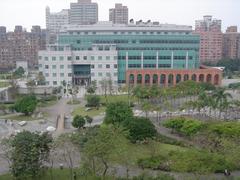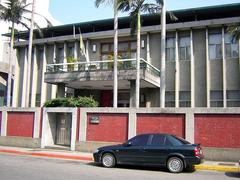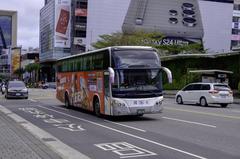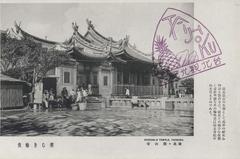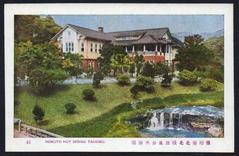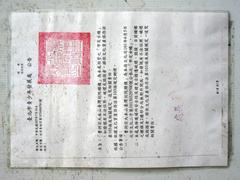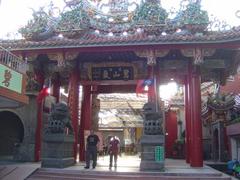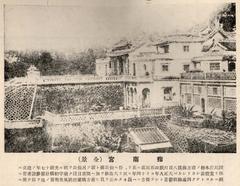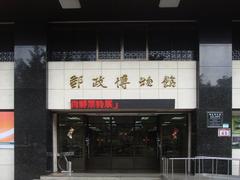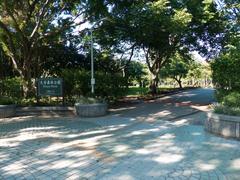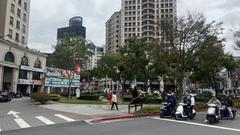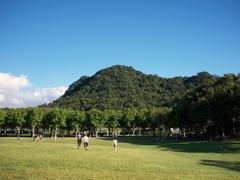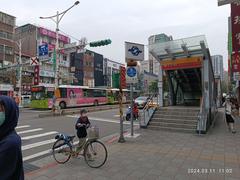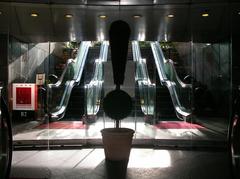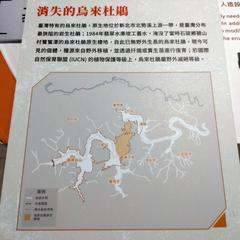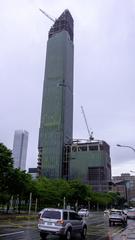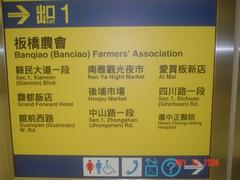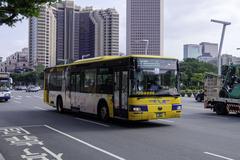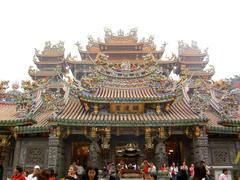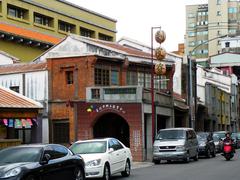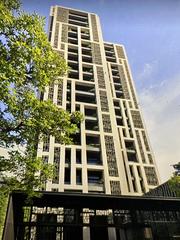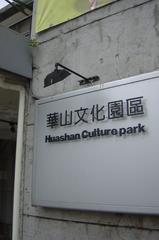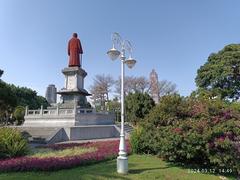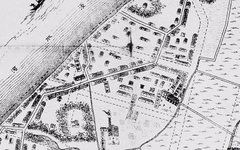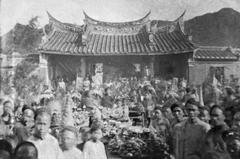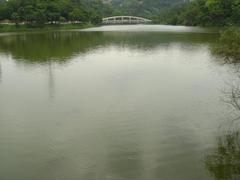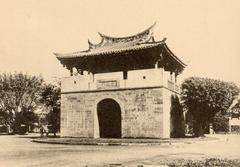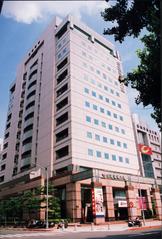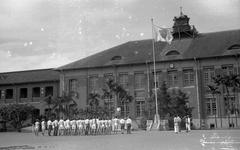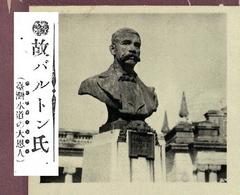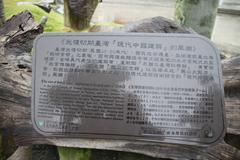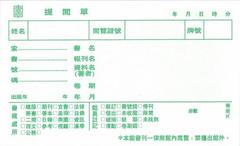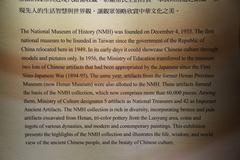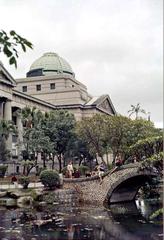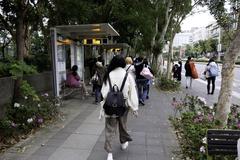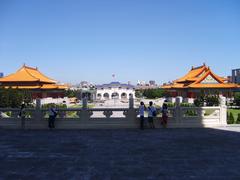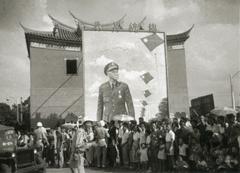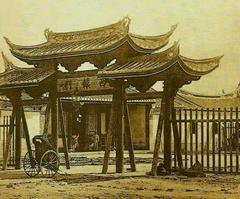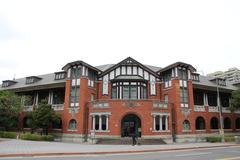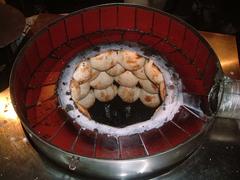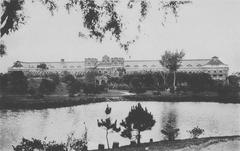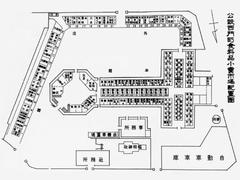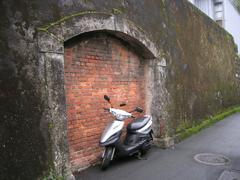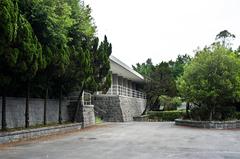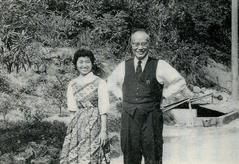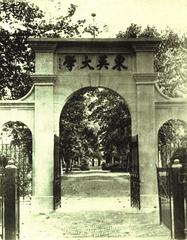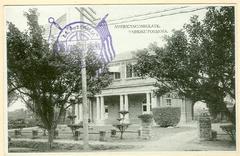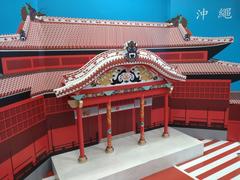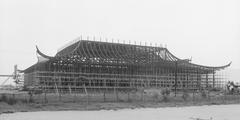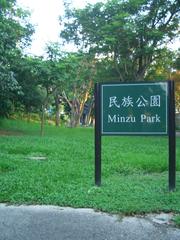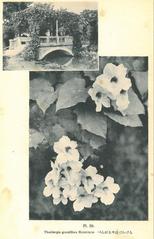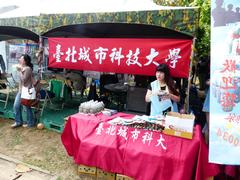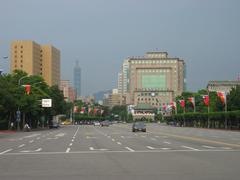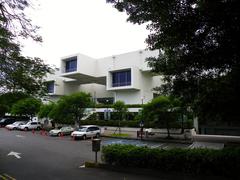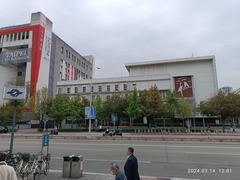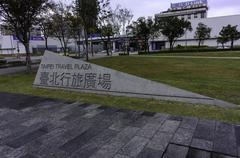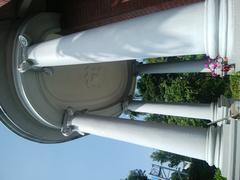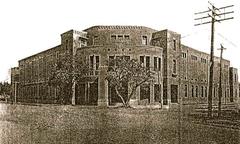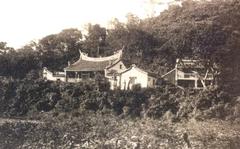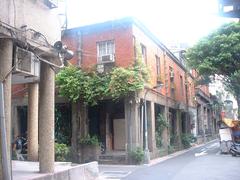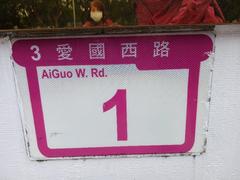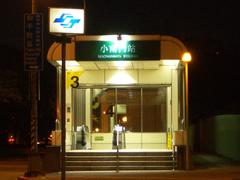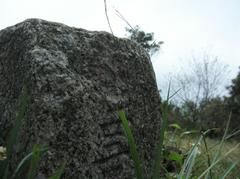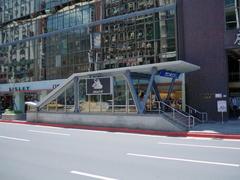Comprehensive Guide to Visiting Xingnan Road Section 2, Taipei, Taiwan
Date: 24/07/2024
Introduction
興南路二段 (Xingnan Road Section 2) in Taipei, Taiwan, offers a unique blend of historical richness, cultural significance, and modern vibrancy. Located in the Wanhua District, this area has evolved over centuries, starting from the Qing Dynasty era when Taiwan was promoted to a province of China in 1885 (Oxford Research Encyclopedia). The area further developed during the Japanese occupation (1895-1945) when modern urban planning and infrastructure were introduced, setting the stage for Taipei’s transformation into a bustling metropolis. Today, 興南路二段 is a commercial hub known for its historic temples, vibrant markets, and diverse architectural styles. Whether you’re a history enthusiast, a cultural explorer, or a foodie, this guide will provide you with comprehensive insights into the key attractions, visiting hours, ticket prices, and travel tips to maximize your experience.
Table of Contents
- Introduction
- Historical Background
- Cultural Significance
- Economic Importance
- Modern Developments
- Visitor Information
- Conclusion
- Sources
Historical Background
興南路二段 is located in the Wanhua District of Taipei, a place steeped in history dating back to the Qing Dynasty when Taiwan was promoted to a province of China in 1885. The Qing court’s decision to establish Taipei as the new capital shifted the island’s political and economic focus to the north, away from the historic capital in the south (Oxford Research Encyclopedia).
During the Japanese occupation of Taiwan (1895-1945), the area saw significant development with the introduction of modern urban planning and infrastructure, laying the groundwork for Taipei’s transformation into a bustling metropolis. This period also saw the establishment of various public amenities and commercial hubs, some of which are still in use today.
Cultural Significance
興南路二段 reflects the diverse influences that have shaped Taipei over the centuries. It is home to several temples, traditional markets, and historic buildings, offering a glimpse into the city’s rich cultural heritage.
Temples and Religious Sites
- Longshan Temple - A historic site dating back to 1738, dedicated to Guanyin, the Goddess of Mercy. It’s a focal point for local religious activities and a testament to the enduring spiritual traditions of the Taiwanese people.
- Qingshui Temple - Built in 1787 and dedicated to Qingshui Zushi, a revered monk known for his miraculous deeds. The temple’s intricate architecture and vibrant ceremonies attract both locals and tourists.
Traditional Markets
- Huaxi Street Night Market (Snake Alley) - Established in the 1950s, it offers exotic foods, including snake dishes, traditional Chinese medicine, souvenirs, and street food.
- Guangzhou Street Night Market - Adjacent to Longshan Temple, known for its wide array of street food, including Taiwanese staples like oyster omelets and stinky tofu.
Architectural Highlights
The architectural landscape of 興南路二段 is a blend of traditional and modern styles, featuring several historic buildings that have been preserved and repurposed.
- Bopiliao Historic Block - A well-preserved street dating back to the Qing Dynasty, featuring traditional Fujian-style architecture. The buildings now house museums, art galleries, and cultural centers.
- Red House Theater - Built in 1908 during the Japanese colonial period, it has been transformed into a cultural and creative hub, hosting various performances, exhibitions, and markets.
Economic Importance
興南路二段 has long been a commercial hub, contributing significantly to Taipei’s economy. The area is known for its bustling markets, where vendors sell everything from fresh produce to traditional handicrafts.
Shopping and Dining
- Ximending Shopping District - Known as the ‘Harajuku of Taipei,’ it is filled with trendy shops, cafes, and entertainment venues.
- High-end Restaurants and Cafes - Offering a variety of cuisines, from traditional Taiwanese dishes to international fare.
Modern Developments
Recent years have seen significant modernization in 興南路二段, with new commercial and residential developments springing up alongside historic sites.
Transportation and Accessibility
興南路二段 is well-connected to the rest of Taipei, making it easily accessible for both locals and tourists.
- Taipei Metro (MRT) - The most efficient way to get around the city. MRT stations like Longshan Temple Station and Ximen Station provide convenient access.
- Pedestrian-Friendly - The area is pedestrian-friendly with well-maintained sidewalks and pedestrian crossings. Taxis are also readily available.
Visitor Information
To make the most of your visit to 興南路二段, here are some practical tips:
- Weather Considerations - Check weather forecasts and avoid visiting during severe weather conditions (New Taipei City Travel).
- Comfortable Footwear - Given the numerous attractions and markets, comfortable walking shoes are a must.
- Local Etiquette - Dress modestly and observe local customs when visiting temples and religious sites.
- Cash and Payments - Carry some cash for small purchases at markets and street vendors.
FAQ Section
Q: What are the visiting hours for Longshan Temple?
A: Longshan Temple is open daily from 6 AM to 10 PM.
Q: Are there any guided tours available?
A: Yes, guided tours are available for Bopiliao Historic Block and Red House Theater. Check their official websites for more details.
Q: How much are the tickets for the Red House Theater?
A: Ticket prices vary depending on the event. Please visit the Red House Theater’s official website for up-to-date pricing.
Conclusion
興南路二段 encapsulates the essence of Taipei’s diverse and dynamic history, culture, and modernity. From its historical roots in the Qing Dynasty to its vibrant present characterized by bustling markets, historic temples, and modern shopping districts, this area offers a multifaceted experience for all kinds of visitors. Whether you are exploring the spiritual tranquility of Longshan Temple or diving into the culinary delights of Huaxi Street Night Market, 興南路二段 promises a rich and unforgettable journey through time and culture.
For more travel tips and updates on Taipei’s key attractions, follow us on social media and visit our website regularly. Download our mobile app Audiala for interactive maps and personalized travel recommendations.
